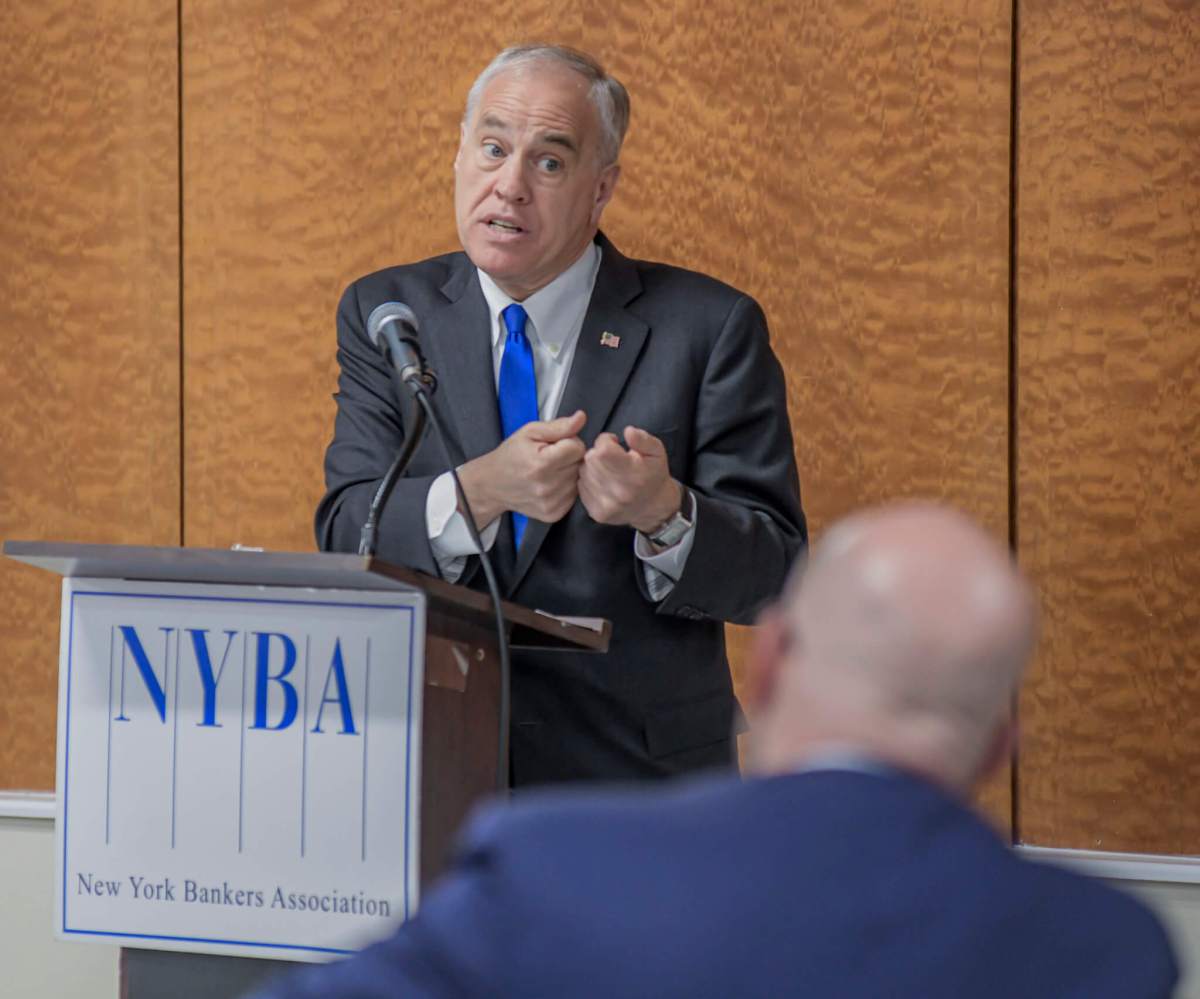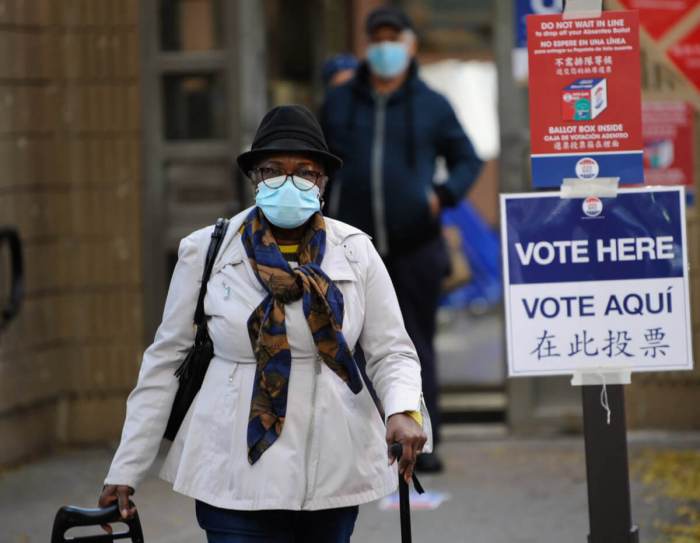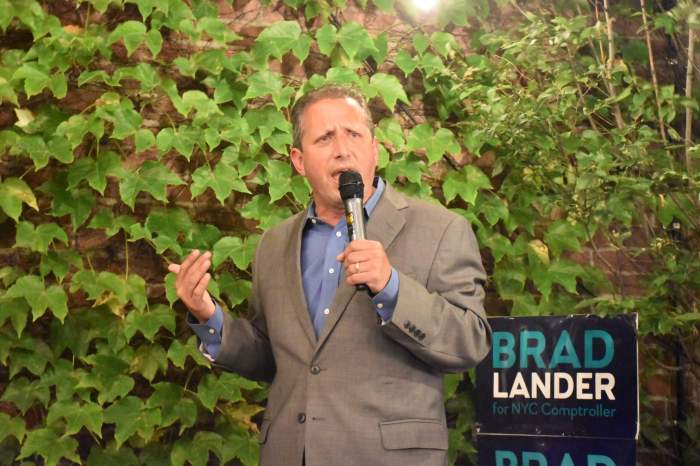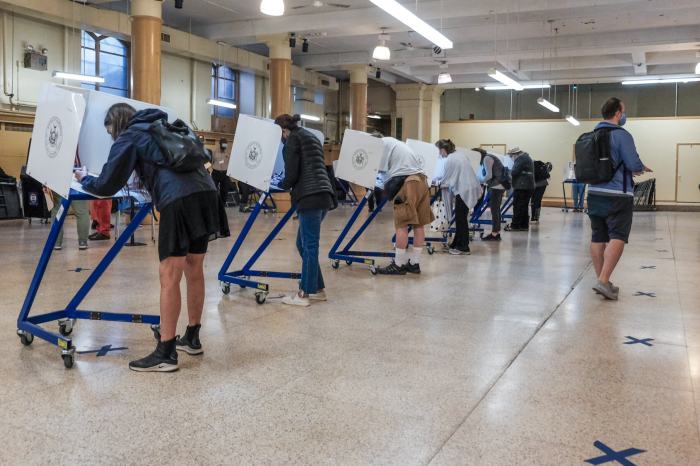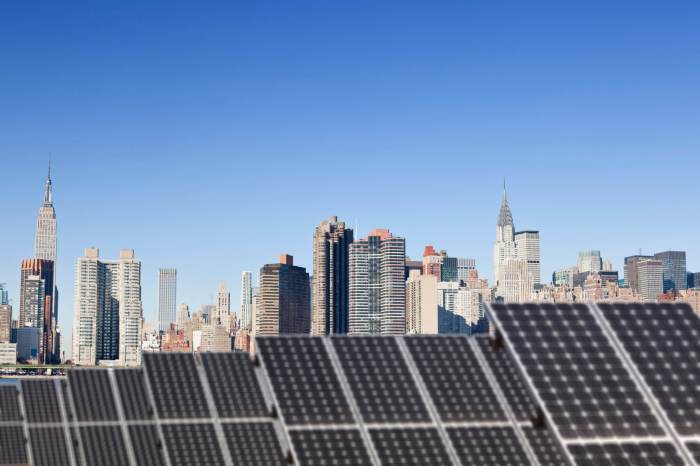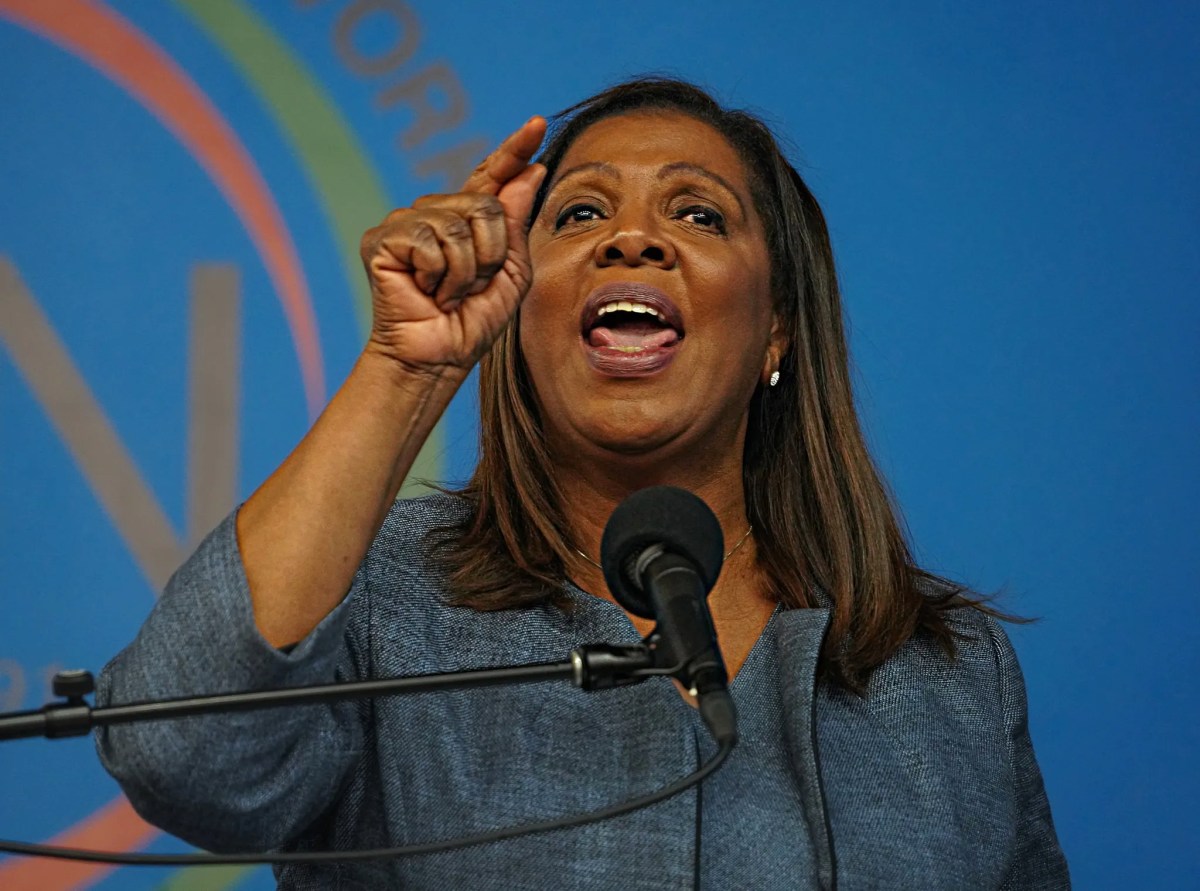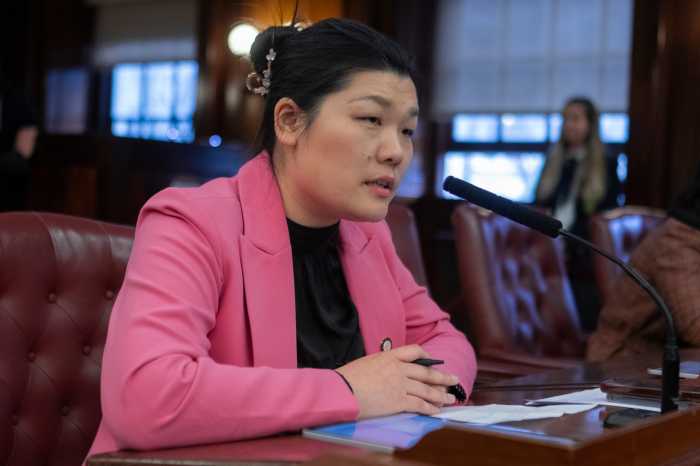The MTA would need to raise its fares by nearly 30% to avoid a looming “fiscal cliff” and return to a pre-pandemic financial equilibrium, State Comptroller Tom DiNapoli charged in a new report.
A pair of 4% fare increases scheduled for 2023 and 2025 — along with $100 million in unspecified savings and a $915 million annual debt service plan proposed by the MTA — are not enough to bring the beleaguered authority back to its 2019-level farebox revenue.
To achieve that, DiNapoli’s report suggests, 19% in additional fare hikes would be necessary — leaving straphangers to pay more than $3.50 per ride on the subway or bus. The fare has stood at $2.75 per swipe since 2015, and officials have been loath to consider raising it, especially in the pandemic era.
“The MTA has suggested it can reduce budget gaps by paying debt off early, but more can be done now to find cost savings and generate revenue to close gaps sooner,” DiNapoli said in a statement. “No one wants to see steep fare hikes or service cuts. However, it is unclear how the MTA will avoid these outcomes unless it lays out additional options for the public and its funding partners to consider.”
The MTA is facing a looming post-pandemic fiscal crisis in the coming years: authority honchos have for months been sounding the alarm that with stagnant ridership, and federal pandemic relief funds expected to run out, the agency will not be able to plug a multi-billion dollar deficit without new dedicated funding.
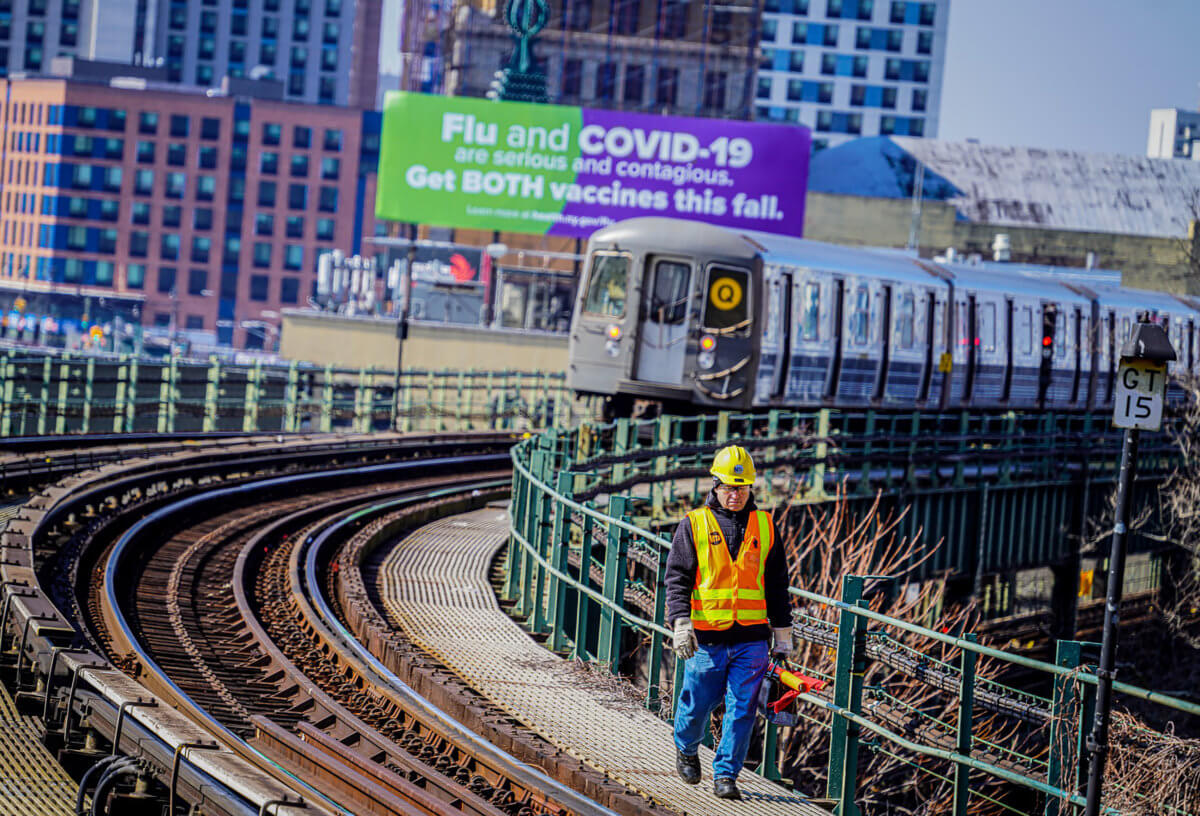
Ridership collapsed on subways and buses at the start of the pandemic, and operations at the MTA — which is more reliant on farebox revenue than many other transit systems across the nation — have since then been heavily bolstered by billions of dollars in federal aid. The nearly $16 billion in largesse from Washington is expected to run out by 2026, but weekday ridership has stagnated at about 60-65% of pre-pandemic levels in a phenomenon agency brass blame on the rise of working from home.
MTA Chair Janno Lieber and other authority bigs have been lobbying heavily for new dedicated revenue streams to plug the gap, but finances remain up in the air. Should the MTA hurdle over the cliff, the authority may have to hike fares, slash service, or lay off employees.
In 2019, fare revenue composed 42.1% of the MTA’s total revenue, DiNapoli said, but today it makes up just 24.5%. The agency projects fare revenue to reach 32.2% of its income by 2026; the most optimistic predictions by consulting firm McKinsey project ridership to rebound to 88% of pre-pandemic levels by that year.
The Comptroller suggests that while the authority should continue searching for inefficiencies to eliminate and save money, ultimately the breadth of the budget hole is too massive for savings alone to address. The state’s moneyman says that state and city lawmakers, along with the MTA itself, should seriously consider new funding streams.
New revenue streams would, if anything, bring the MTA more in line with other transit systems around the country. The MTA relies more heavily on farebox revenue than the transit authorities in Chicago, Boston, Philadelphia, and Washington DC, DiNapoli found.
Only 45% of the MTA’s 2019 subsidies came from dedicated sales and payroll taxes, compared to 92% for the transit authority in Chicago, 75% for Boston and Philadelphia, and a solid 100% for the nation’s capital. Much of the MTA’s subsidy comes instead comes from more volatile real estate transaction taxes, as well as tolls left over after going toward bridge and tunnel operations.
amNewYork Metro reached out to the MTA for comment, and is awaiting a response.



